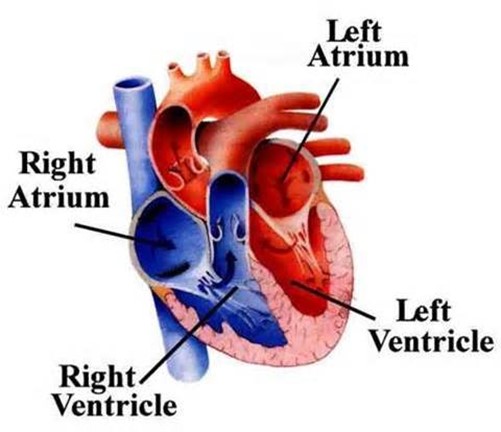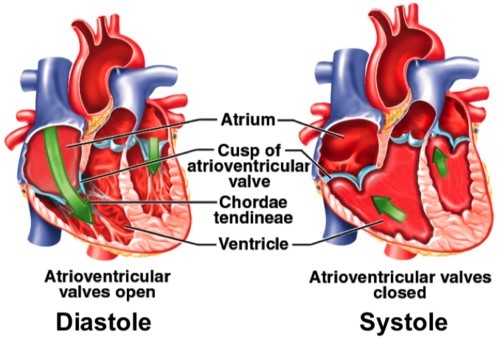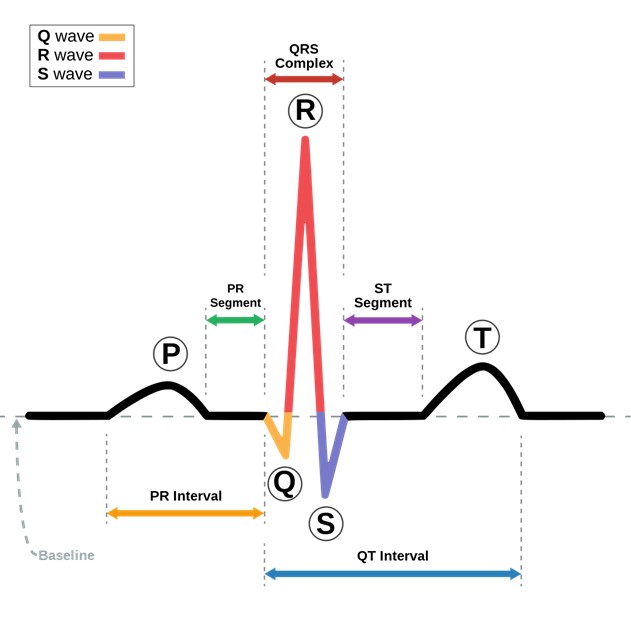Which chamber of the heart endures the highest pressures?
Right atrium
Left atrium
Left ventricle
Right ventricle
The Correct Answer is C

The left ventricle is responsible for pumping oxygenated blood out of the heart and into systemic circulation, which requires generating enough pressure to overcome the resistance of the systemic blood vessels. Therefore, the left ventricle has thicker and more muscular walls than the right ventricle and can generate higher pressures during contraction. In contrast, the right ventricle pumps deoxygenated blood to the lungs, which have lower resistance compared to the systemic circulation, and therefore do not need to generate as high pressures.
Nursing Test Bank
Naxlex Comprehensive Predictor Exams
Related Questions
Correct Answer is B
Explanation
The mitral and tricuspid valves are located between the atria and ventricles in the heart, and they open and close to allow blood to flow in one direction through the heart. During diastole, when the heart is relaxed and filling with blood, the mitral and tricuspid valves are open to allow blood to flow from the atria into the ventricles.
Once the ventricles are filled with blood, they begin to contract during systole to pump the blood out to the lungs (right ventricle) and the rest of the body (left ventricle). As the ventricles contract, the pressure within them increases, which causes the mitral and tricuspid valves to be pushed closed by the blood within the ventricles. This closure prevents the backflow of blood into the atria during ventricular contraction (systole).

The chordae tendineae are thin, fibrous cords that connect the mitral and tricuspid valves to the papillary muscles within the ventricles. These structures help to anchor the valves in place during ventricular contraction, and prevent them from prolapsing (bulging back into the atria) and causing regurgitation (backflow of blood).
The trabeculae carneae are muscular ridges within the ventricles that help to increase the force of ventricular contraction, but they do not play a direct role in closing the mitral and tricuspid valves. Similarly, the reduced pressure in the atria during ventricular contraction is due to the fact that blood is being pumped out of the atria and into the ventricles, rather than the atria "pulling" the valves closed.
Correct Answer is {"dropdown-group-1":"B"}
Explanation

PR interval: the time it takes for the electrical impulse to travel from the sinoatrial (SA) node to the atrioventricular (AV) node
QT interval: the time it takes for ventricular depolarization and repolarization to occur
ST segment: the period between ventricular depolarization and repolarization, representing the plateau phase of the ventricular action potential.
Whether you are a student looking to ace your exams or a practicing nurse seeking to enhance your expertise , our nursing education contents will empower you with the confidence and competence to make a difference in the lives of patients and become a respected leader in the healthcare field.
Visit Naxlex, invest in your future and unlock endless possibilities with our unparalleled nursing education contents today
Report Wrong Answer on the Current Question
Do you disagree with the answer? If yes, what is your expected answer? Explain.
Kindly be descriptive with the issue you are facing.
